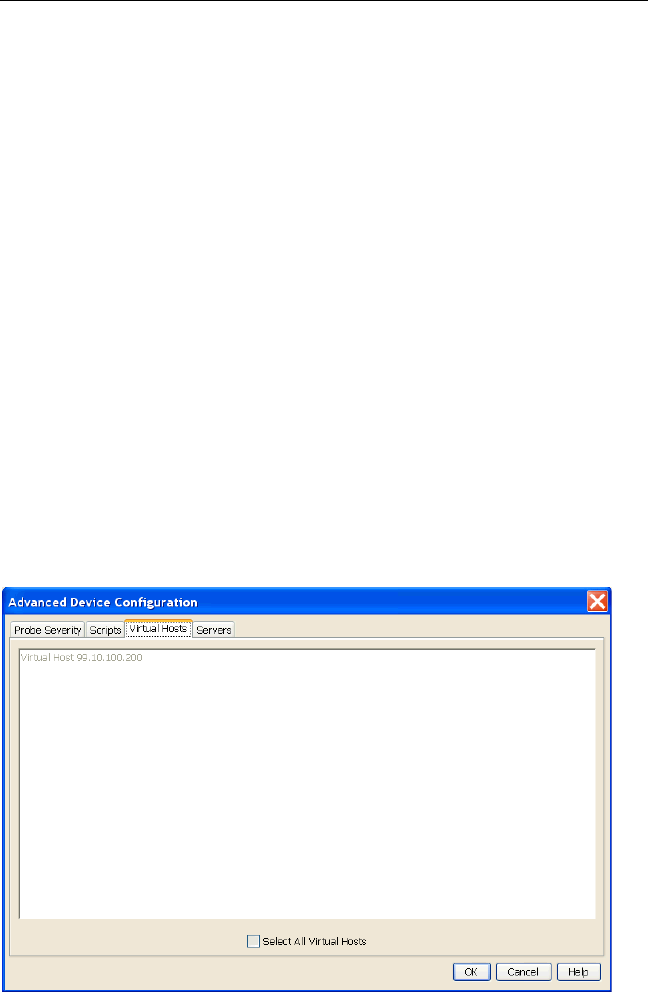HP StorageWorks Clustered File System 3.6.0 Windows Storage Server Edition Administration Guide (403103-005, January 2008)
Table Of Contents
- Contents
- HP Technical Support
- Quick Start Checklist
- Introduction to HP Clustered File System
- Cluster Administration
- Administrative Considerations and Restrictions
- Tested Configuration Limits
- Volume and Filesystem Limits
- User Authentication
- Start the Management Console
- Cluster Management Applications
- The HP CFS Management Console
- View Installed Software
- Start HP Clustered File System
- Stop HP Clustered File System
- Back Up and Restore the Cluster Configuration
- HP Clustered File System Network Port Numbers
- Configure Servers
- Configure Network Interfaces
- Configure the SAN
- Configure Dynamic Volumes
- Configure PSFS Filesystems
- Manage Disk Quotas
- Manage Hardware Snapshots
- Configure Security Features
- Configure Event Notifiers and View Events
- Overview
- Install and Configure the Microsoft SNMP Service
- Cluster Event Viewer
- Configure Event Notifier Services
- Select Events for a Notifier Service
- Configure the SNMP Notifier Service
- Configure the Email Notifier Service
- Configure the Script Notifier Service
- View Configurations from the Command Line
- Test Notifier Services
- Enable or Disable a Notifier Service
- Restore Notifier Event Settings to Default Values
- Import or Export the Notifier Event Settings
- Using Custom Notifier Scripts
- Cluster Operations on the Applications Tab
- Configure Virtual Hosts
- Configure Service Monitors
- Configure Device Monitors
- Advanced Monitor Topics
- SAN Maintenance
- Other Cluster Maintenance
- Management Console Icons
- Index

Chapter 17: Configure Device Monitors 221
2. ClusterPulse waits for all Stop scripts to complete.
3. The Start script is run on the server where the virtual host or shared
device is becoming active.
PARALLEL. The strict ordering sequence for Stop and Start scripts is not
enforced. The scripts run in parallel across the cluster as a shared device
or virtual host is in transition.
The
PARALLEL configuration can speed up failover time for services and
devices that do not depend on strict ordering of Start and Stop scripts.
Assuming that it is safe to run the scripts in parallel (which depends on
your application), this setting can also increase the chances of a successful
failover because ClusterPulse does not have to wait for the failing node to
finish running its Stop script.
To configure script ordering from the command line, use this option:
--ordering serial|parallel
Virtual Hosts
The Virtual Hosts tab lets you specify the virtual hosts that will fail over if
the monitor detects a failure.










